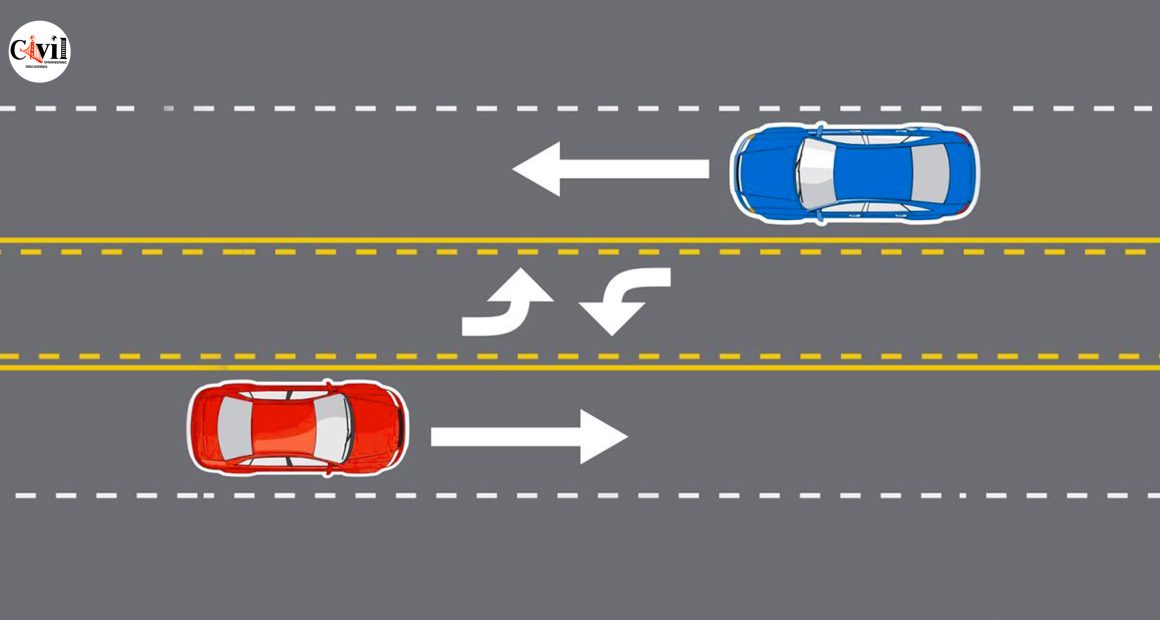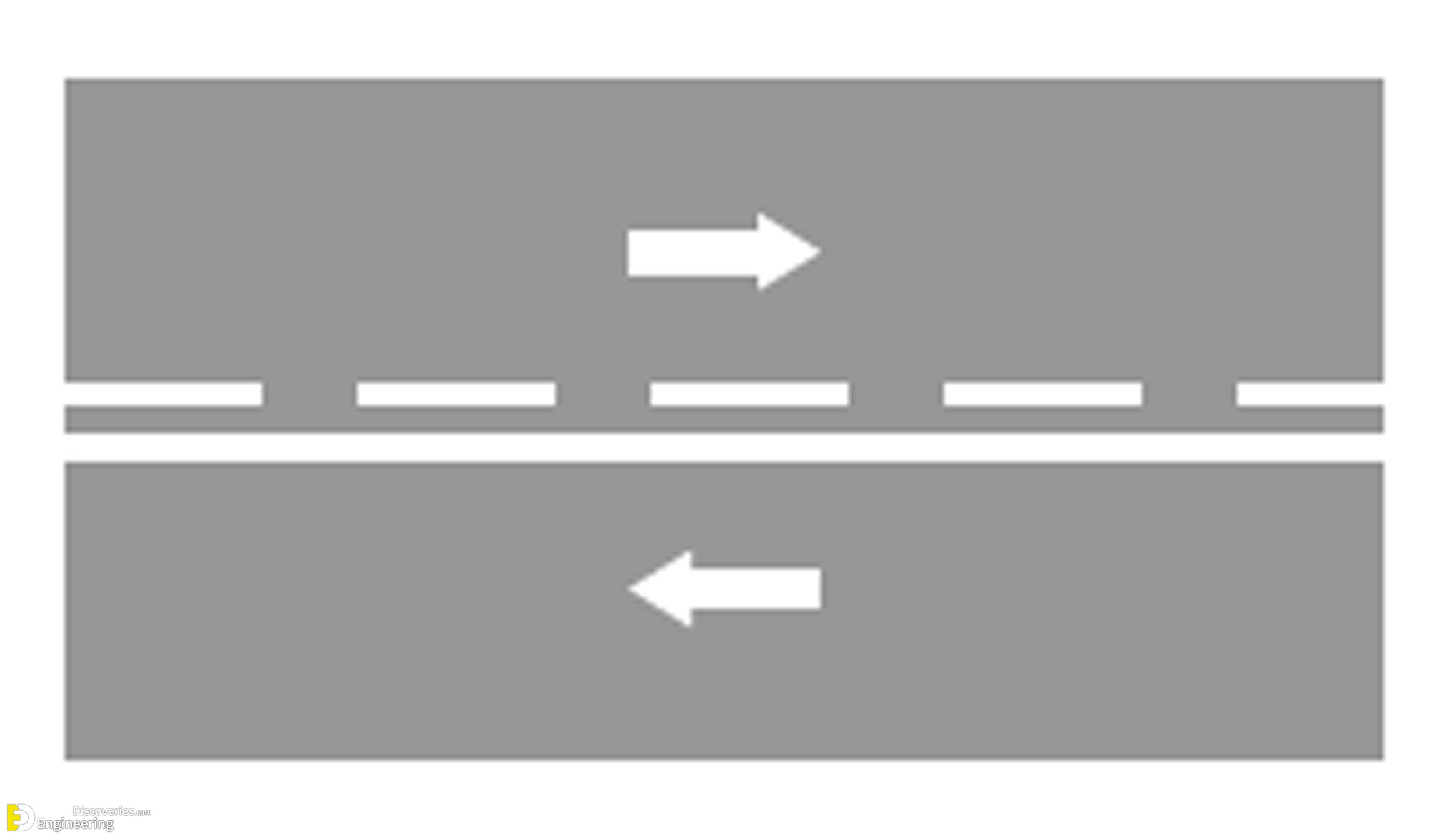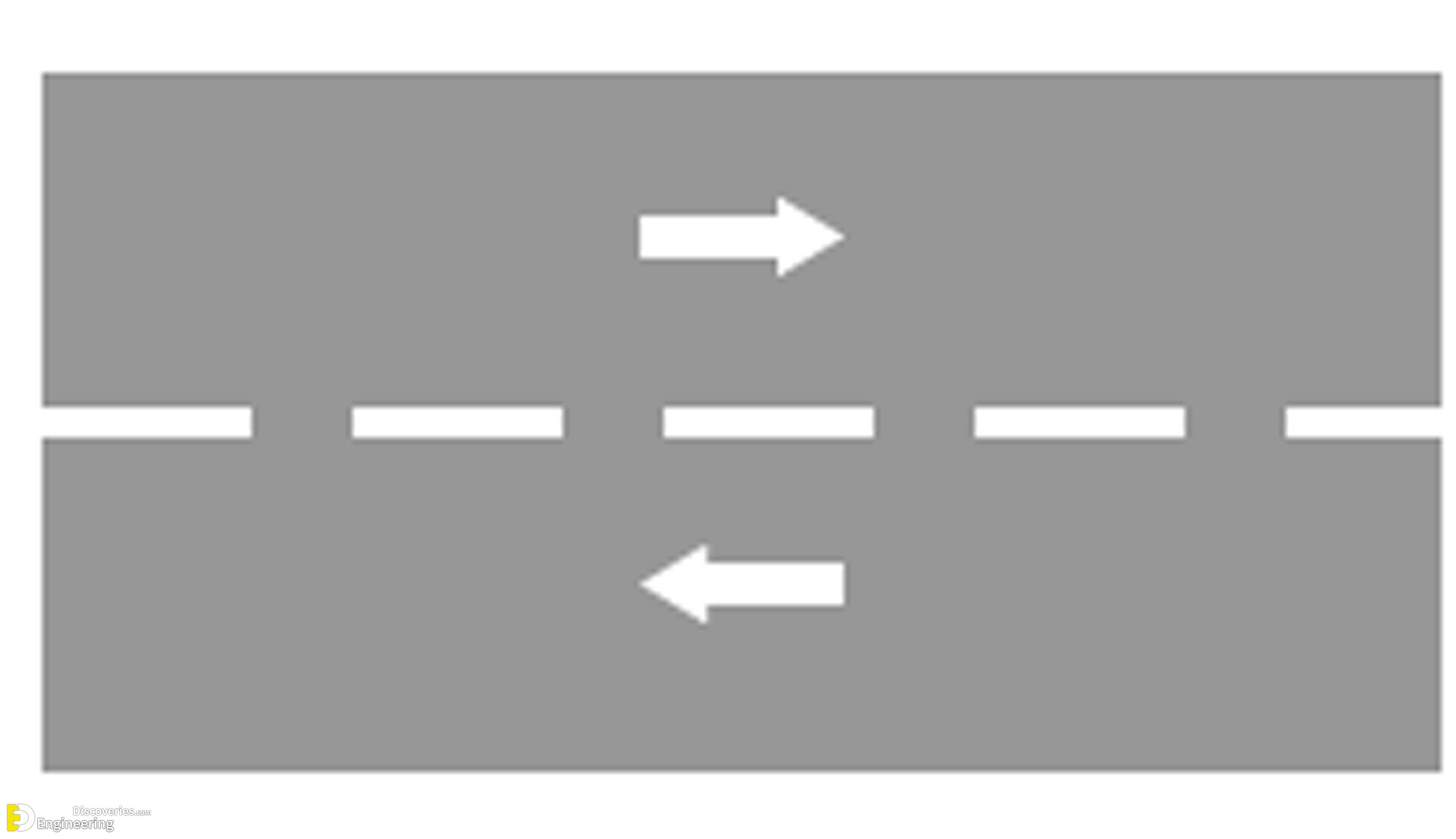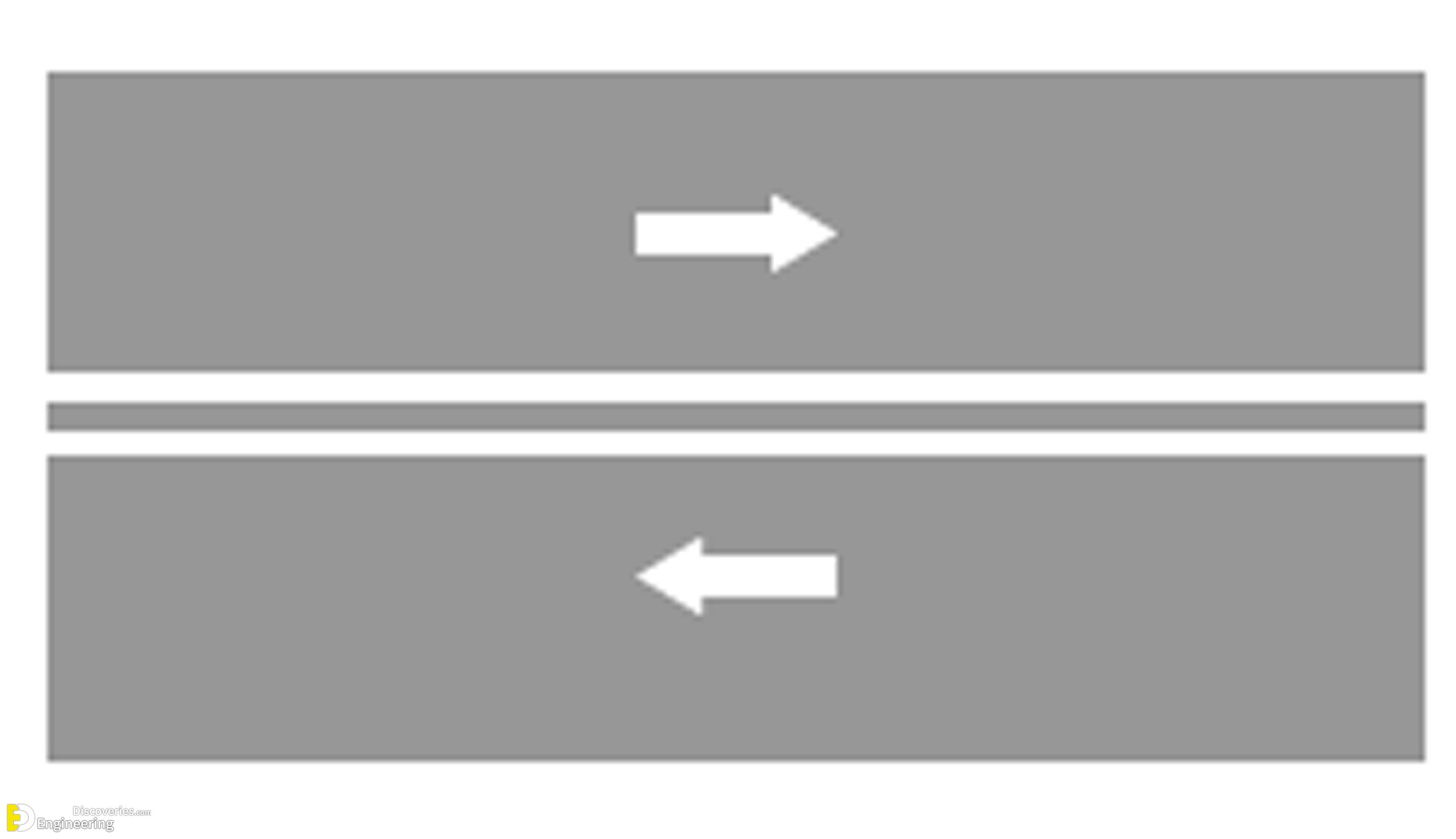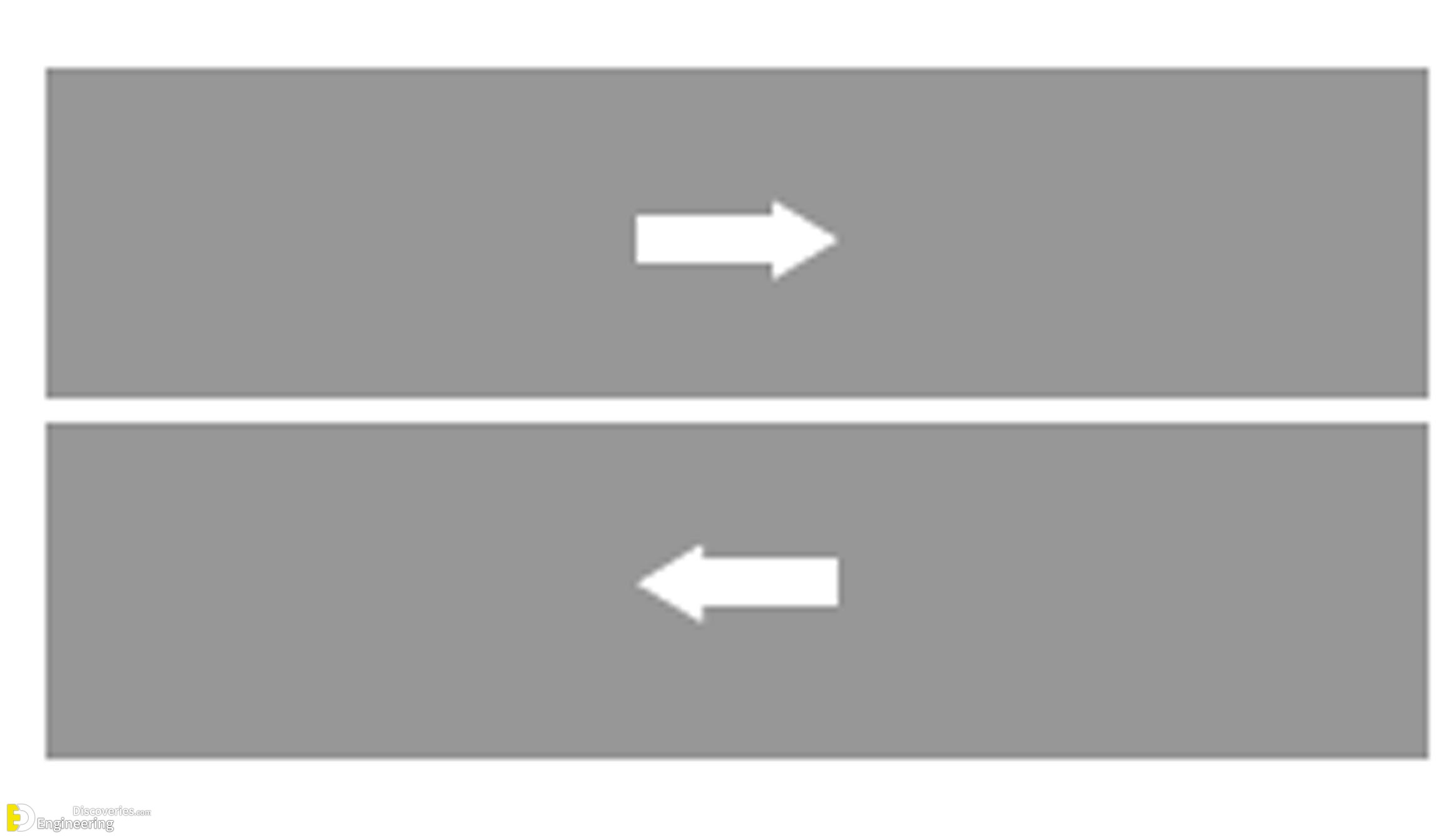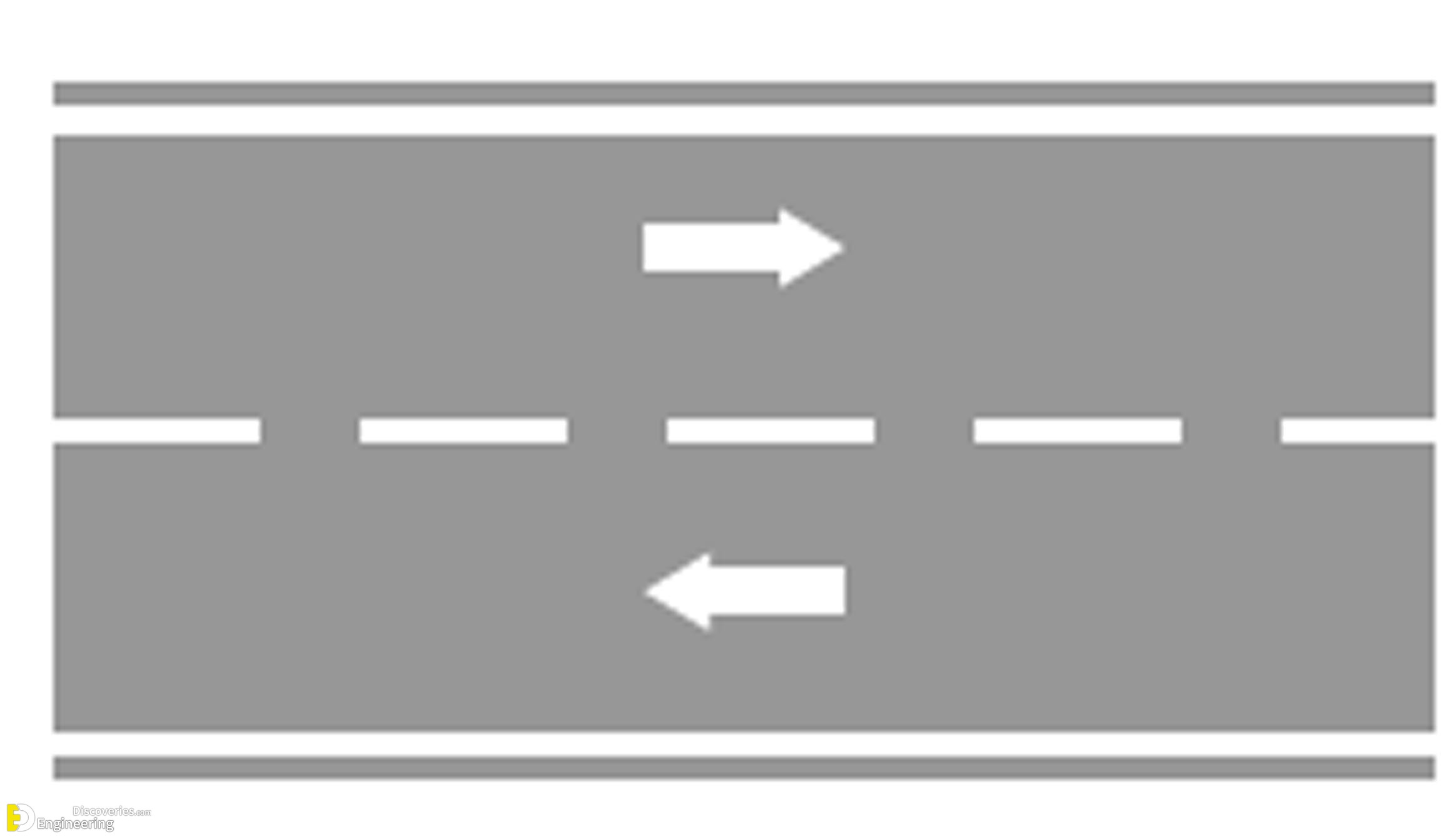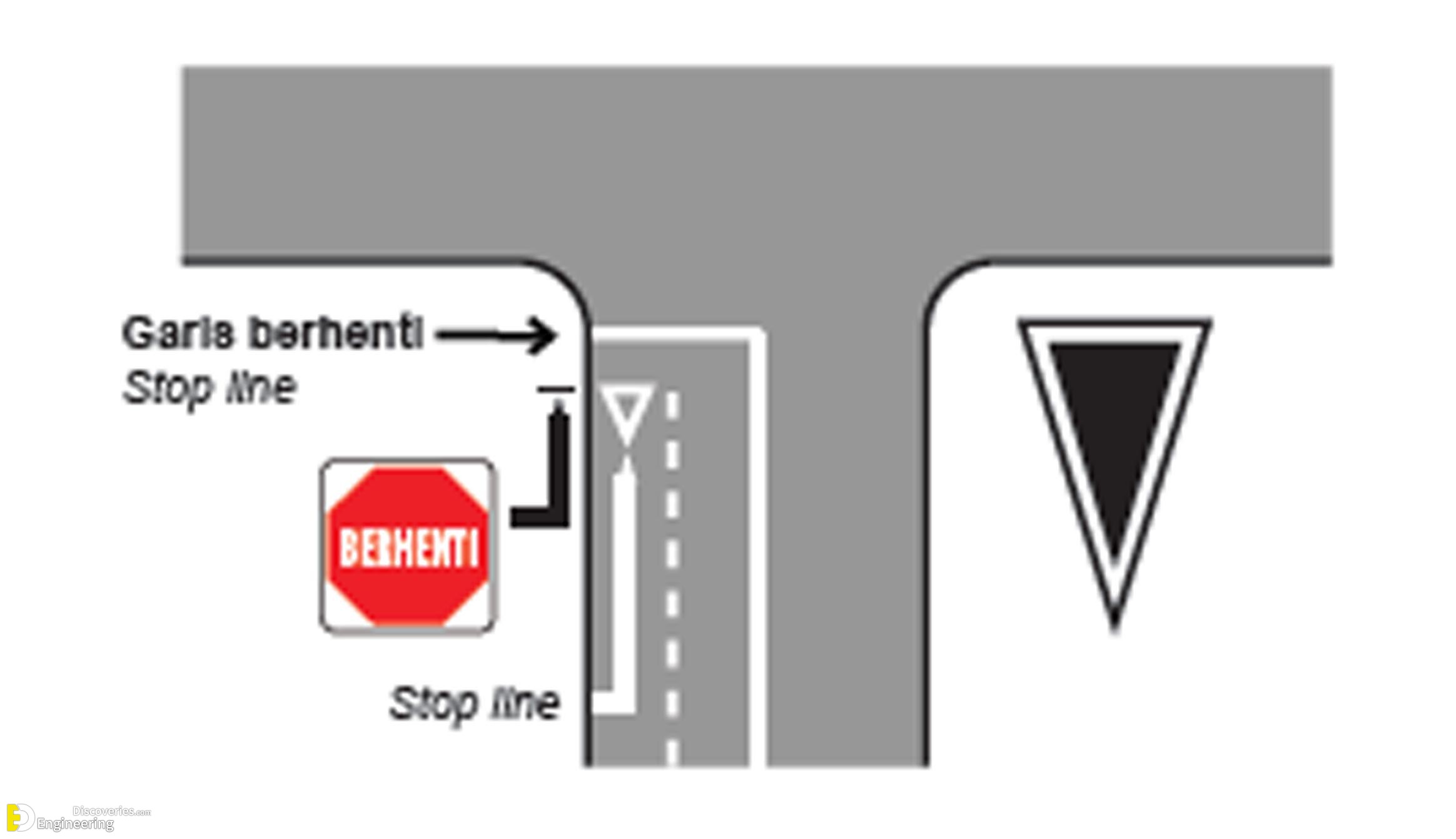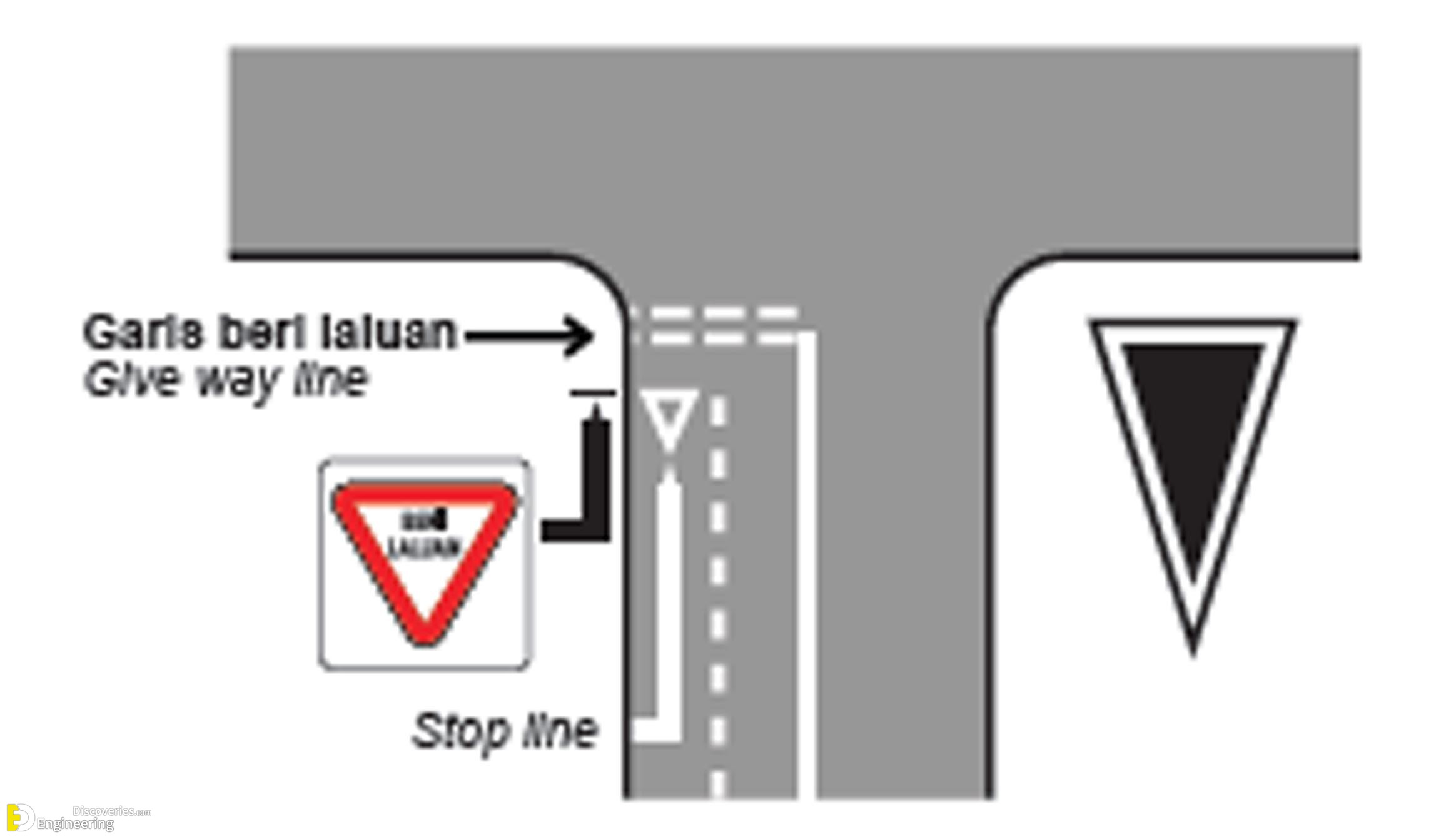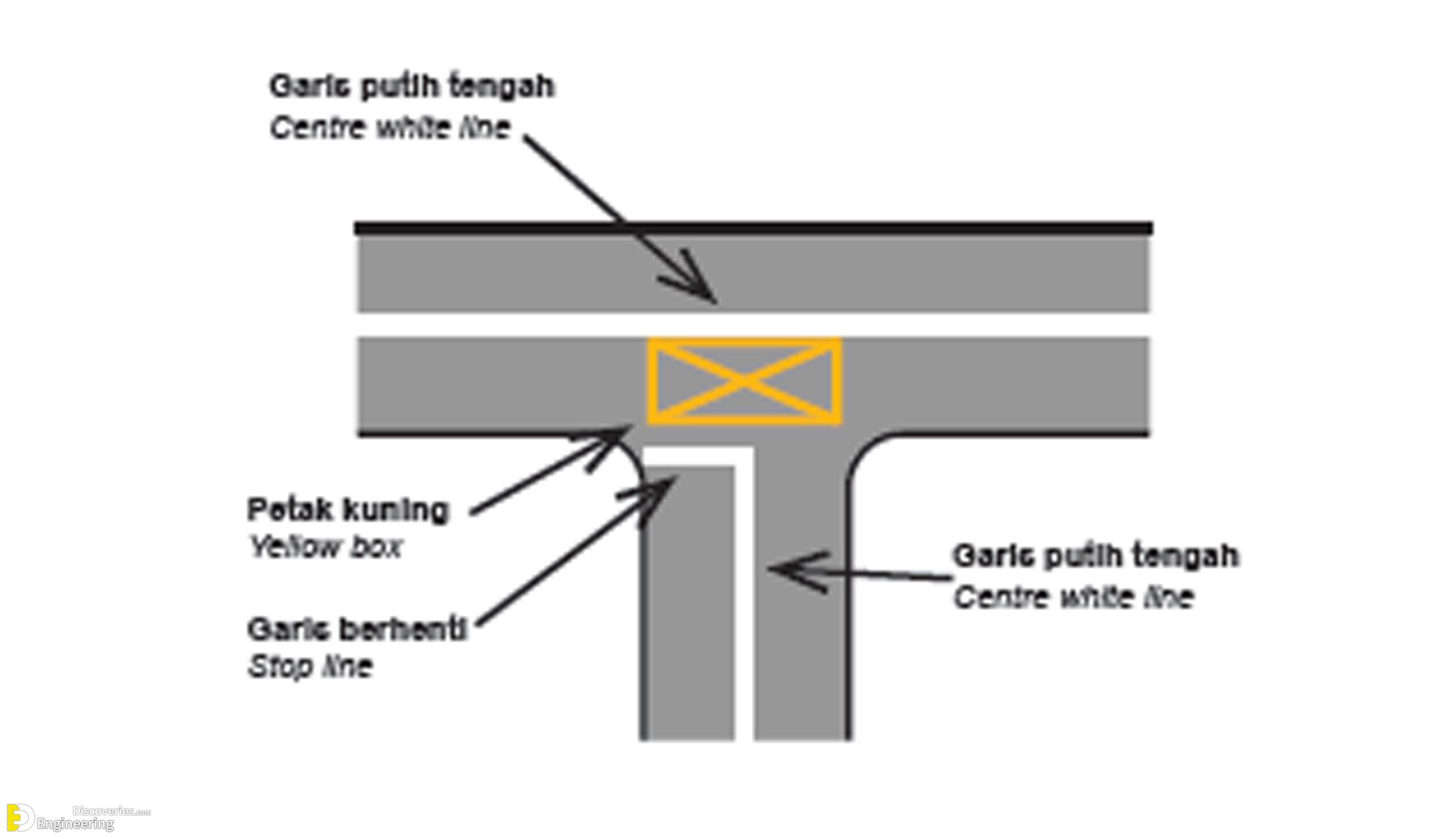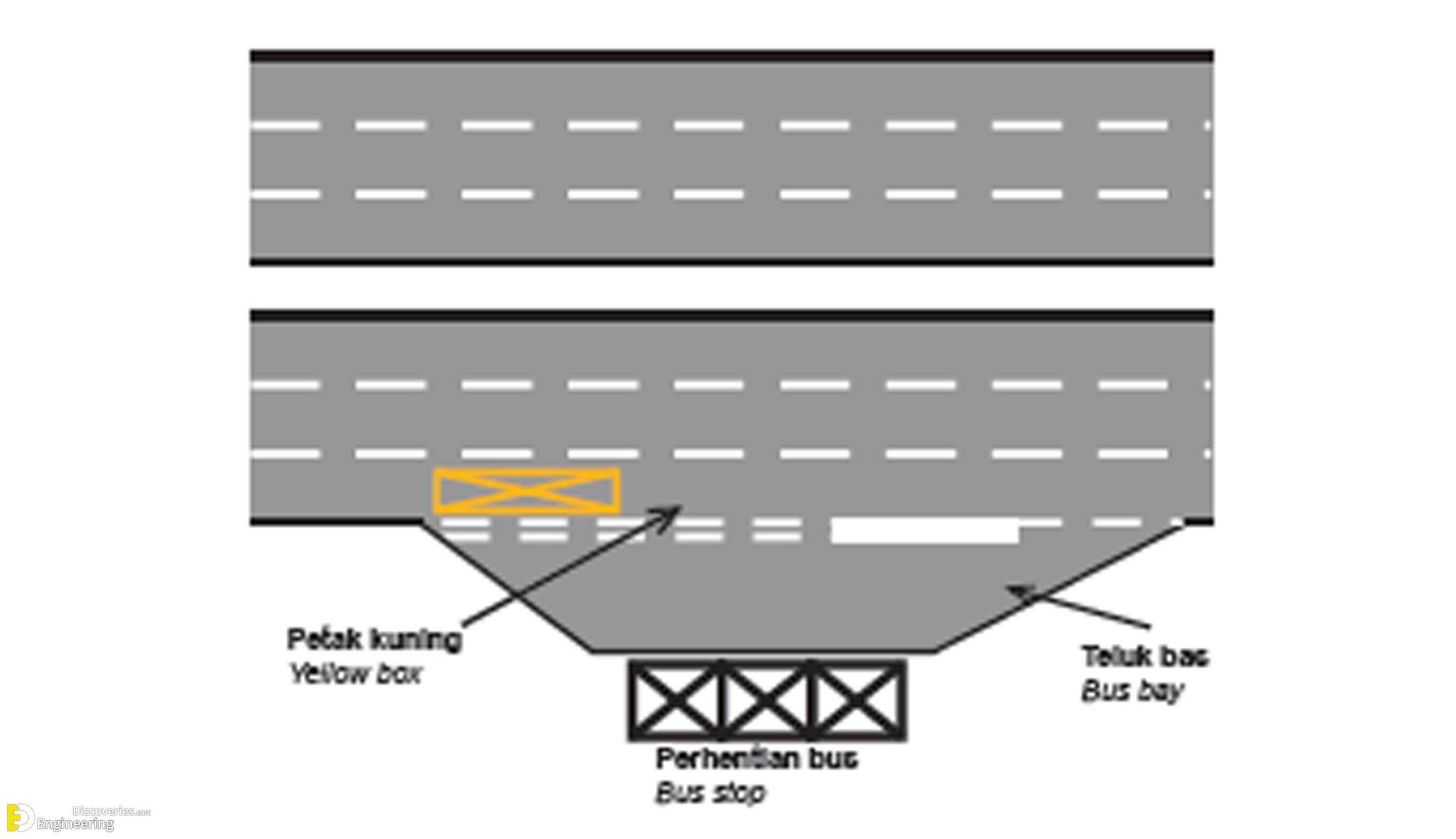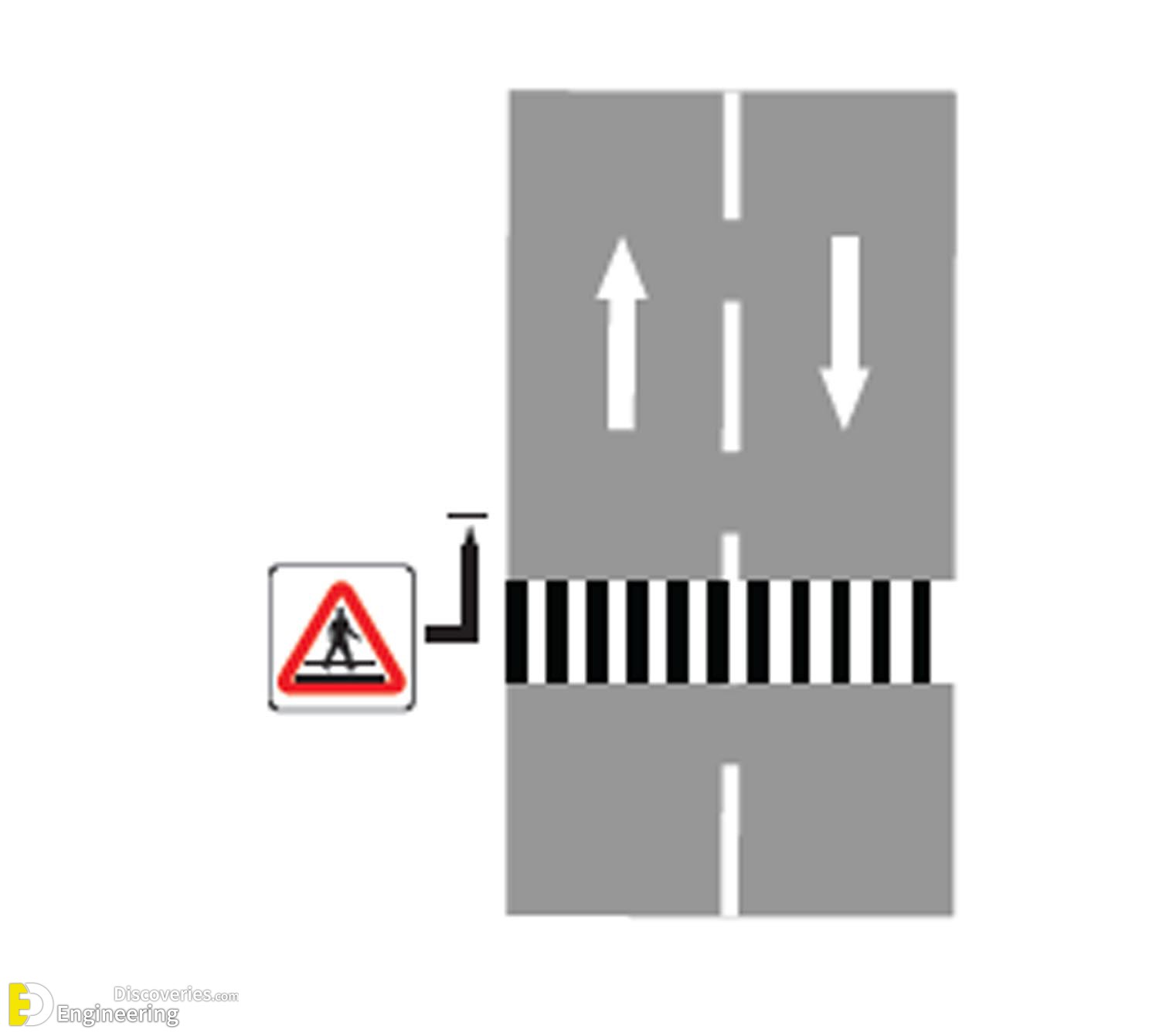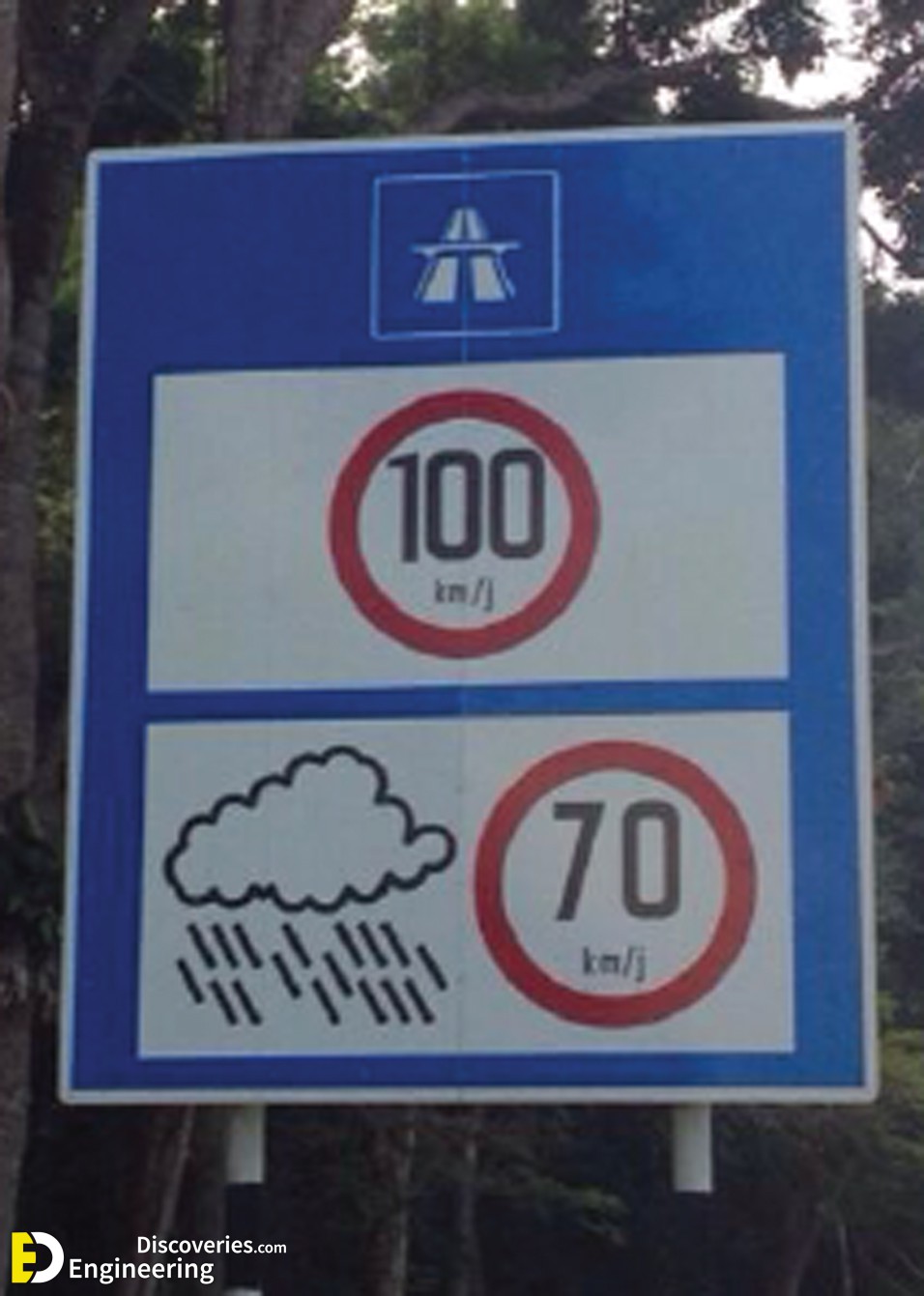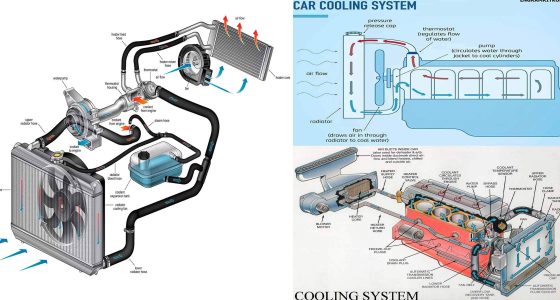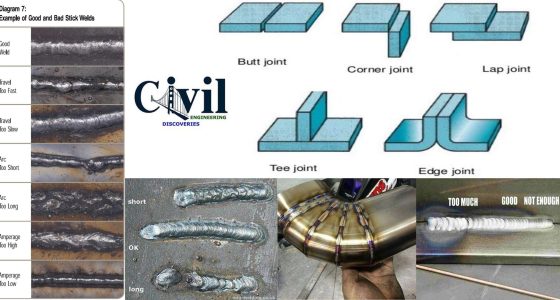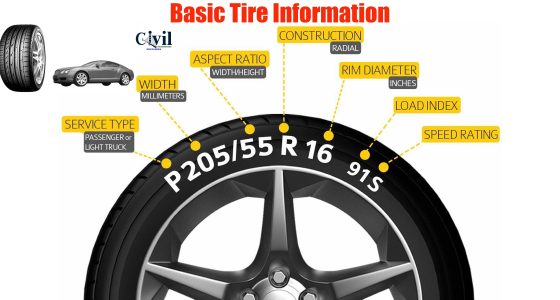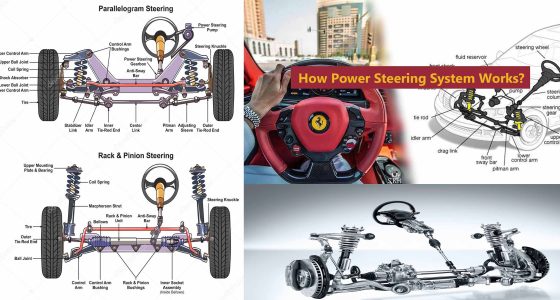Essential Guide To Understanding Road Markings
Road markings play a crucial role in ensuring safe and smooth traffic flow by providing visual instructions for drivers. Here’s a detailed look at some of the most common road markings and what they signify.
Combination Lines
Combination lines are marked by a mix of broken and continuous lines. If you’re driving in a lane with broken lines, you may overtake other vehicles when it’s safe and no oncoming traffic is present. However, drivers in the lane with a continuous line are prohibited from overtaking. This marking is essential for directing overtaking rules based on road conditions.
Broken Lines
Broken lines indicate that overtaking is allowed when no oncoming traffic is present. Drivers can use these markings to guide safe lane changes and passing, provided they maintain caution.
Continuous Double Lines
Continuous double lines strictly prohibit overtaking, parking, or making U-turns. Vehicles must stay within their lanes without crossing these lines, ensuring a safer and more organized traffic flow.
Continuous White Lines
Continuous white lines restrict drivers from overtaking, parking, or leaving their lanes. You are also prohibited from making a U-turn over these markings, which are typically found in high-traffic areas for added safety.
Continuous White Lines on the Road Shoulder
These lines on the road shoulder indicate that stopping or parking is only allowed in emergencies. Otherwise, vehicles should avoid parking in these areas to keep their shoulders clear for safety.
Chevron Markings
Chevron markings warn drivers of upcoming obstructions. Vehicles are prohibited from entering zones marked with chevrons, as these areas are reserved for preventing traffic from accessing potential hazards.
Road Markings with Stop Signs
This marking, typically found at intersections, includes a continuous white line that requires drivers to stop at least one meter away. Observing these markings ensures that drivers respect stop signs and yield properly.
Road Markings with Give Way Sign
Double broken white lines denote that drivers must give priority to vehicles on the main road. This marking is commonly used at junctions to guide drivers in yielding the right of way to avoid collisions.
Rumble Strips for Speed Reduction
Rumble strips are sets of raised or grooved lines that serve as a warning to reduce speed. The vibrations they create remind drivers to slow down, especially near intersections or pedestrian crossings.
Yellow Box at Junctions
Yellow boxes at junctions prevent vehicles from stopping in busy intersections. Drivers are only allowed to enter the box if they can fully cross it without stopping, ensuring that traffic doesn’t obstruct key areas.
Yellow Box Near Bus Bay
Similar to junction yellow boxes, yellow boxes near bus bays keep vehicles from obstructing public transportation areas. Drivers should only proceed through these boxes if they can clear the area without pausing.
Pedestrian Crossing Markings
Pedestrian crossings are clearly marked to warn drivers to slow down and yield to pedestrians. These markings make pedestrian safety a priority, ensuring drivers halt before crossing areas.
Did You Know? Dual Speed Limit Signs
Some roads, especially highways, display dual speed limit signs. These show one maximum speed for normal conditions and a reduced limit during adverse weather, guiding and adjusting driving speeds according to conditions.
Click Here To See Understanding Car Exhaust Smoke Colors: What Do They Mean?
